French Island in Western Port, in southern Victoria, is home to 139 people, but even more koalas. Thanks partly to the island being wonderfully short on introduced predators such as foxes, it supports Victoria’s single largest population of Australia’s most iconic tree-climbing marsupials. Terry Martin, the former president of French Island Landcare Group, used to spot 20 koalas every time he drove up his 300m-long driveway. That was two decades ago. Now he’s lucky to see five. But that’s probably more a sign of what’s happening on the mainland than on the island.“When there are koala shortages on the mainland, they cart them away from here to other national parks – sometimes 100 or so a year. The [French Island] females were often given contraceptives because they were believed to be breeding so fast,” Terry says. The island’s abundance of koalas means tourism is slowly starting to take off, yet visitor numbers presently remain stable. And that’s how the locals like it. “Other than the koalas, there’s not much to see except trees,” Terry says.
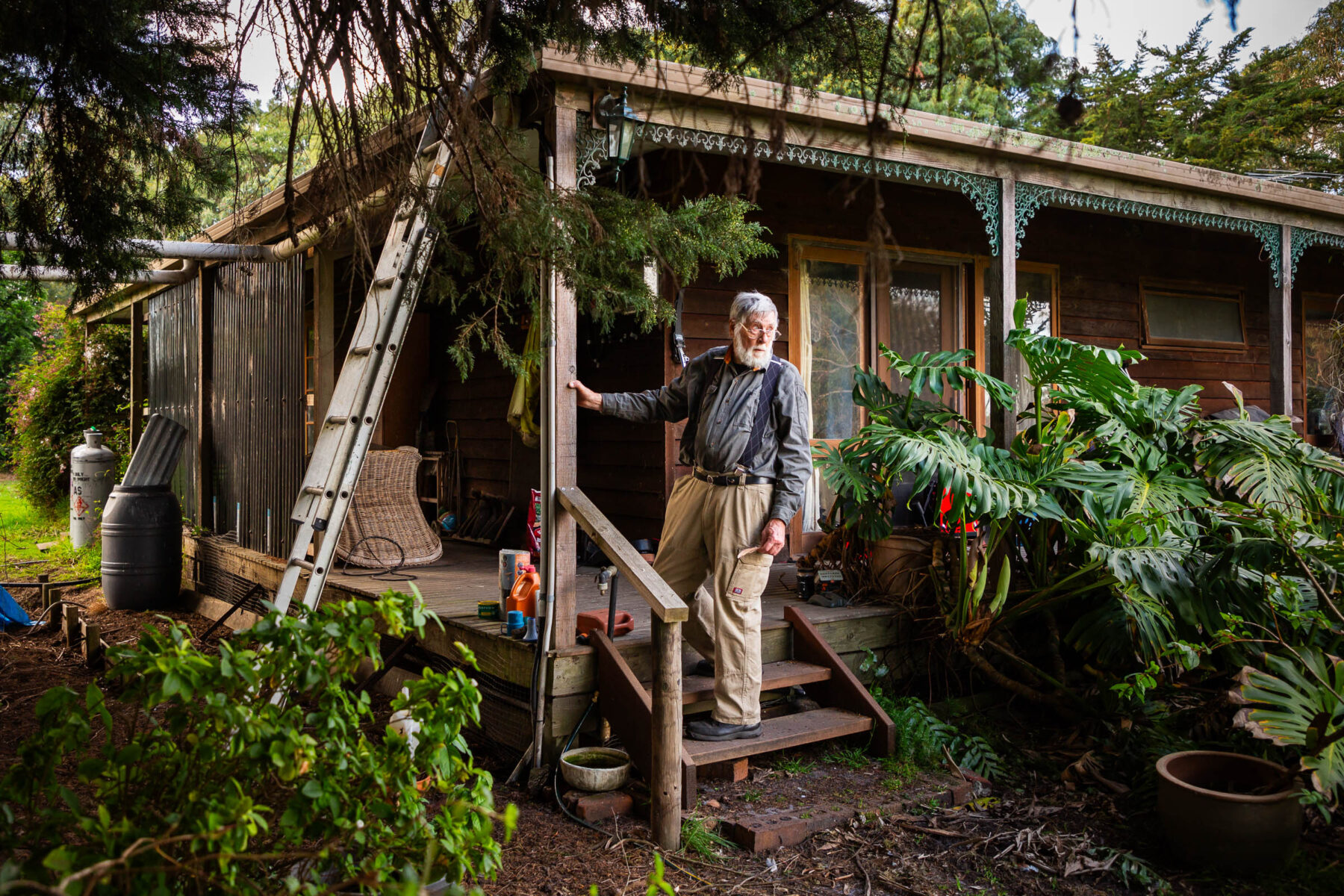
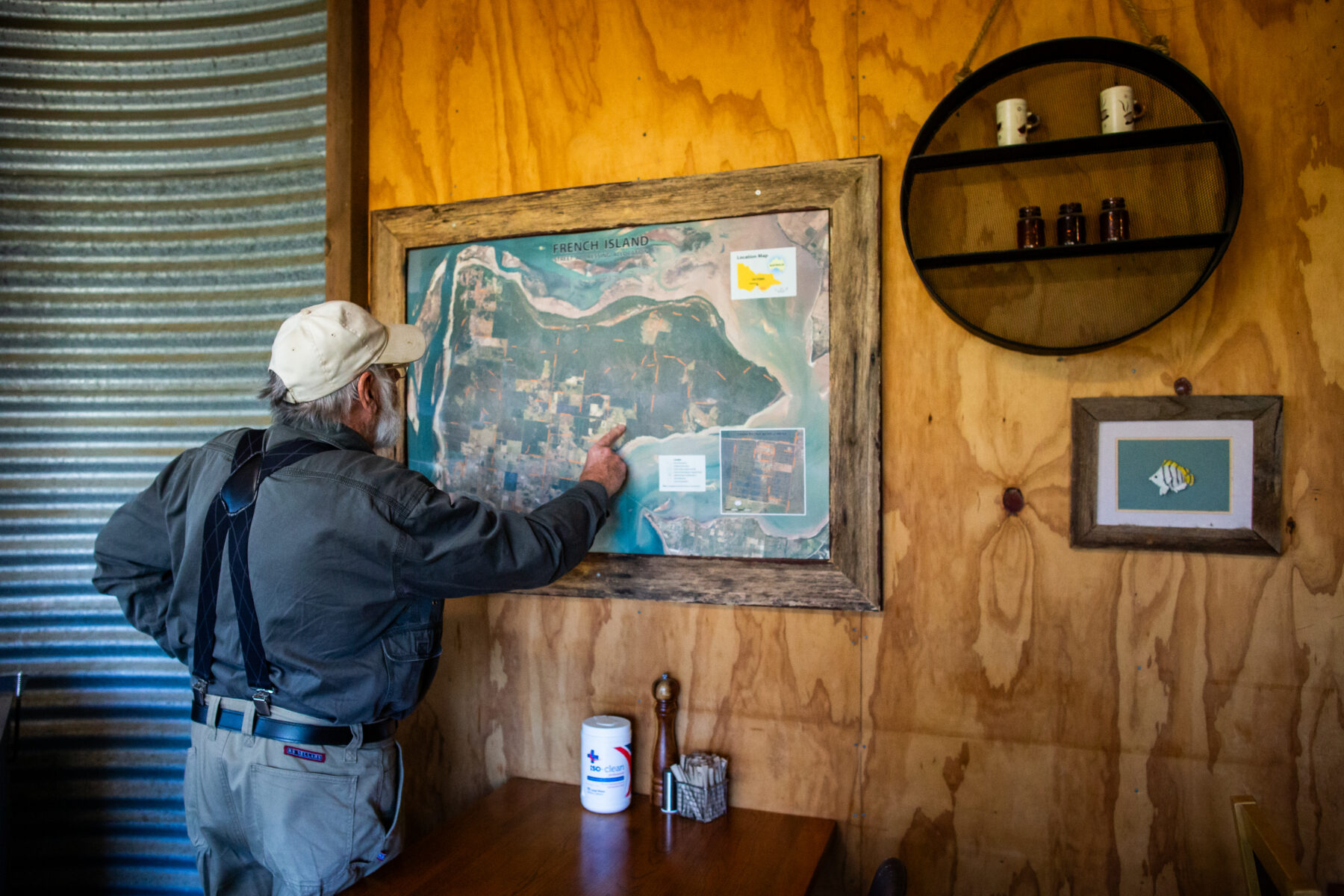
He’s not being negative in the way he downplays the island’s assets, but he does consider himself a “cynic”. It’s a far cry from other islanders around Australia who speak effusively about sun-dappled beaches and taking restorative swims in the buff. I wonder if Terry’s approach is part of a local pact to retain French Island’s peace and quiet. Or maybe he doesn’t want to oversell it. Although artistic or creative people have felt inspired by other small island communities around Australia, French Island is different. With its rugged coastline, tangled mangroves and undeveloped rural properties, it isn’t the typical picture of island paradise. “It’s paradise if you want privacy,” Terry says.
With its small human population spread across 17,000ha, the island is almost silent, except for the odd car whizzing by, or when the heavens open up. The island’s barge only accommodates two cars or one truck, making cars a rarity. “If I hear one up the road, I get a bit annoyed,” Terry says. But nothing cuts through the silence like rain. And Terry tells me he is due for a whole weekend of it. “At French Island, we have a rule: it rains at night. On metal roofs, it’s loud. You forget what that sounds like after years of living under tiled roofs,” he says. “You need to put your headphones in to listen to the TV.”
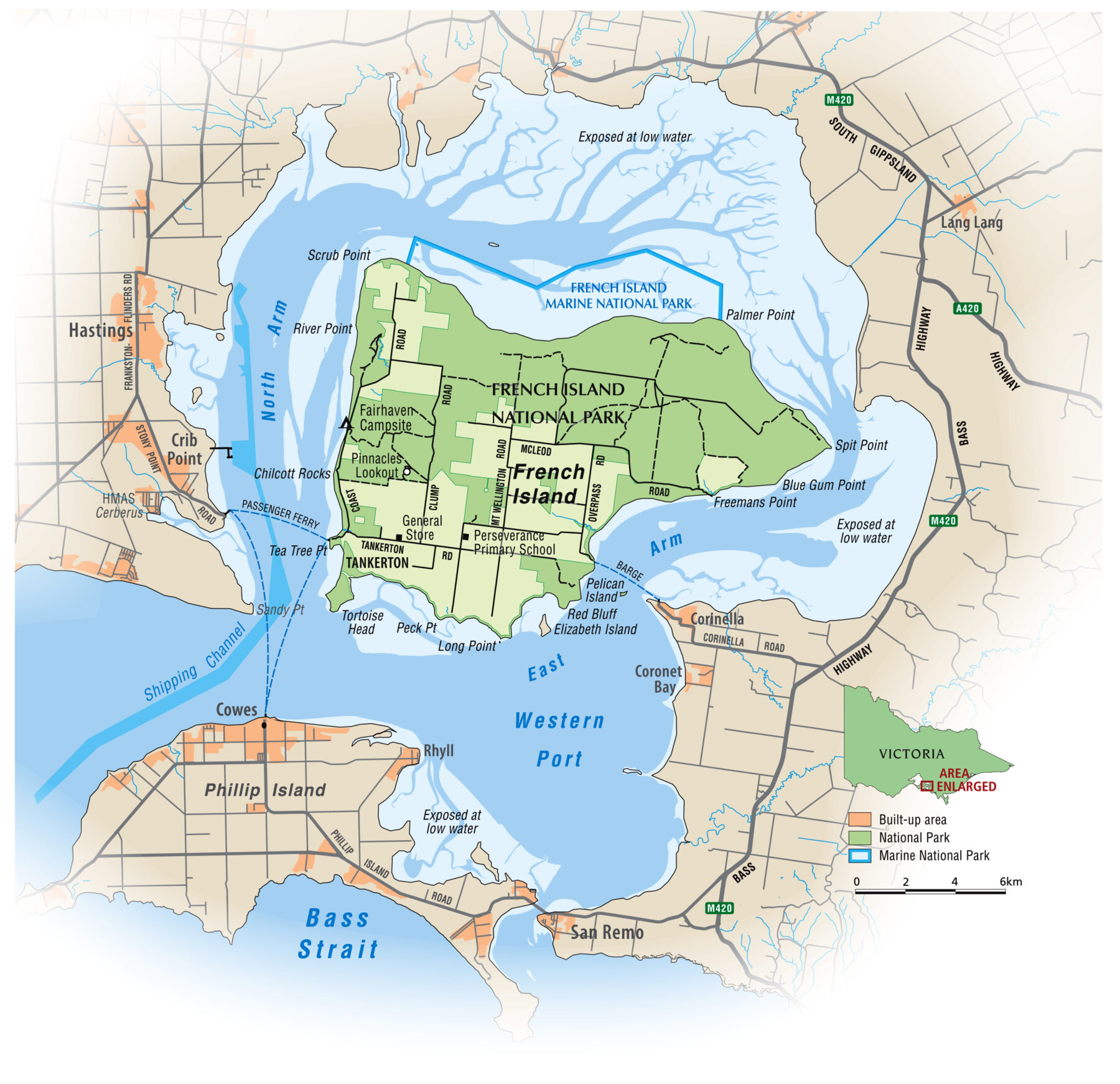
Terry insists French is “just a flat island with a lot of trees”. But an environment doesn’t have to be a visual knockout to sustain a thriving ecosystem. French Island has been described by park authorities as having “very high natural values” due to its diverse flora and fauna being left to flourish in isolation. The eastern barred bandicoot, which was classified as extinct in the wild in Victoria in 1989, was successfully brought back to sustainable numbers when it was introduced to French Island in 2019, making it the first species in Victoria to be re-established after being so classified.
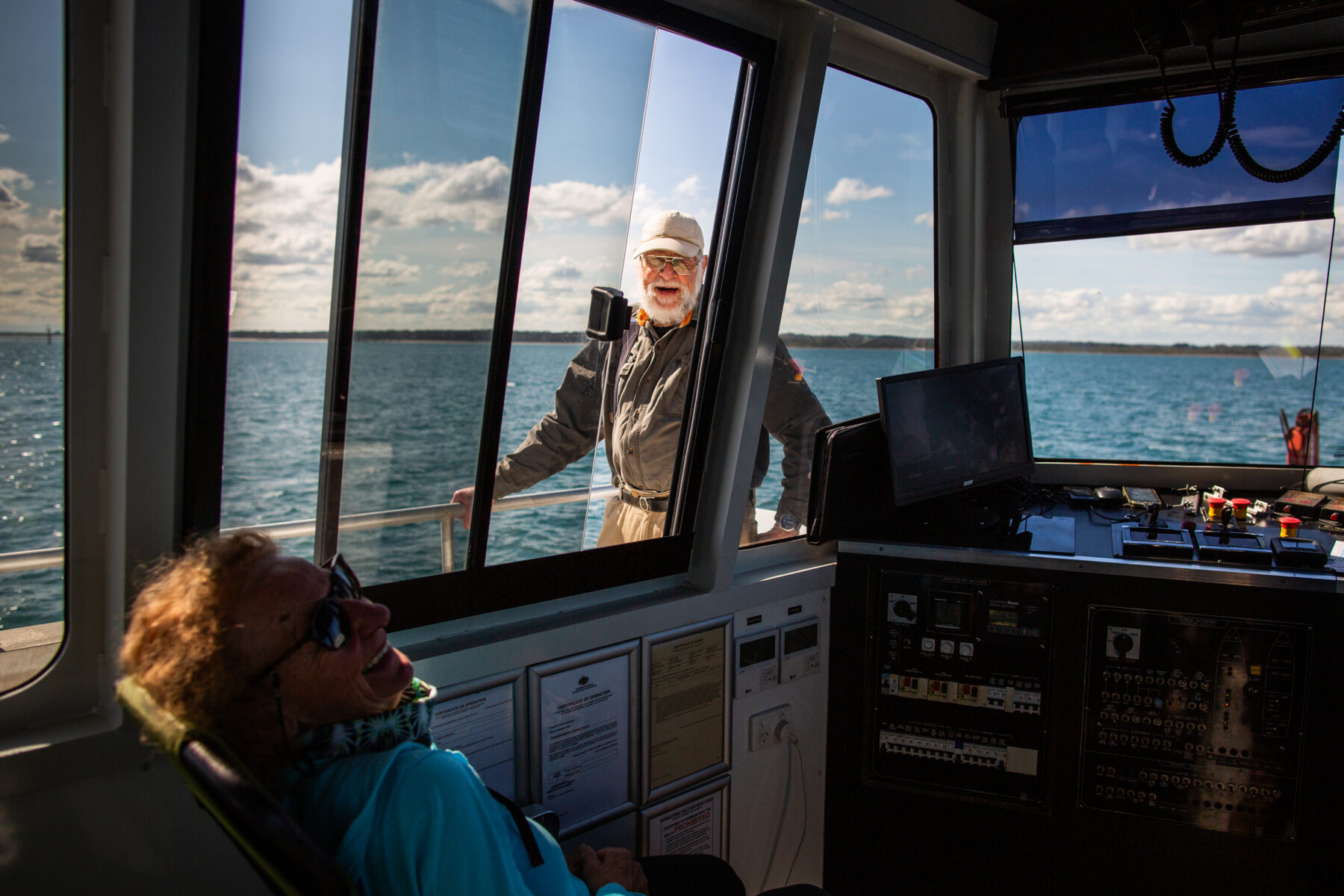
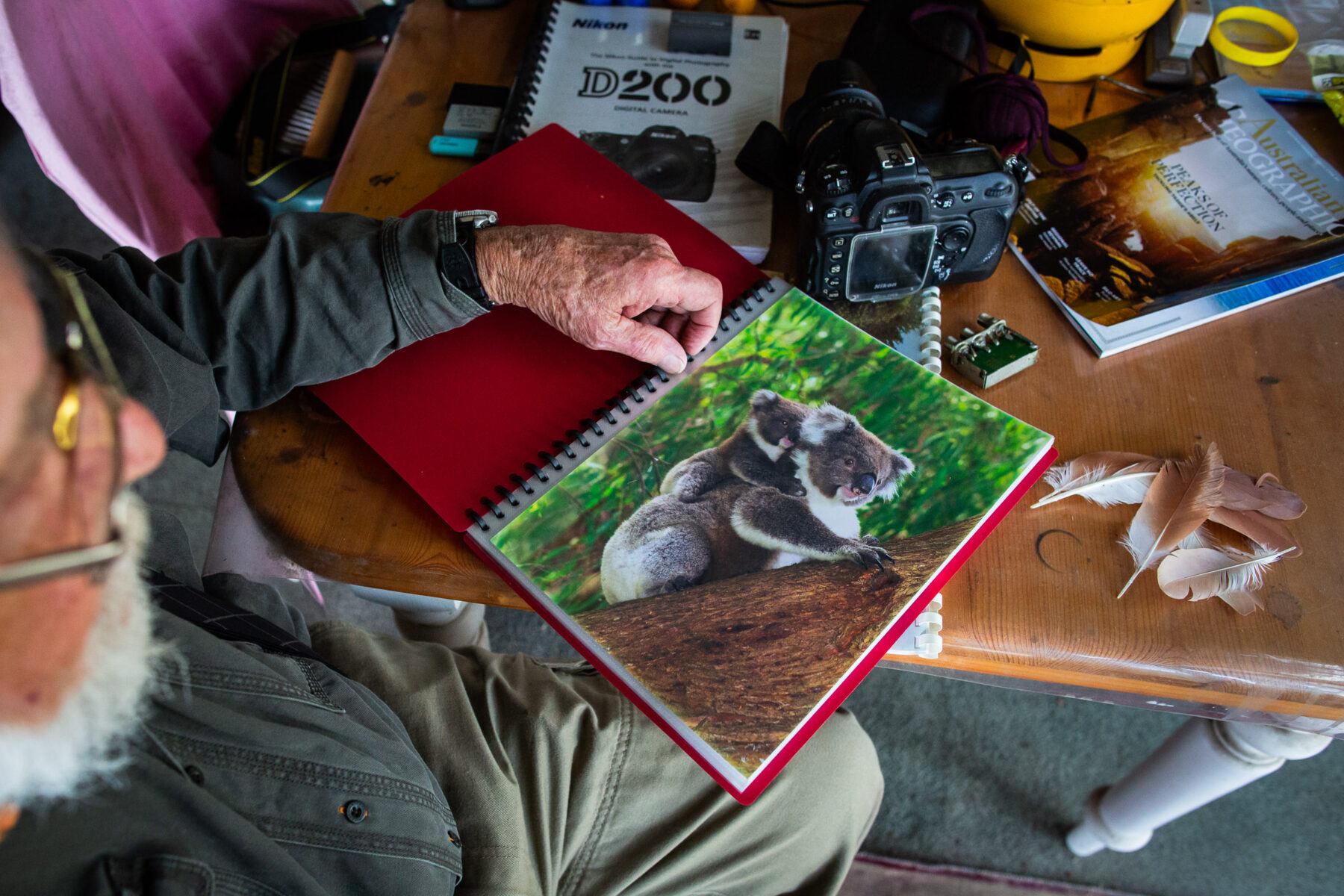
Although it’s only 61km from Melbourne’s CBD, French Island remains a place to experience wildlife thriving outside of Australia’s more developed regions. “I’m not trying to run French Island down, but it is different,” Terry says. “There are some beaches, but they’re not surf beaches, they have tidal mud. The lack of sandy beaches does tend to disappoint some people.” About two-thirds of the island has been declared a national park. The mudflats are habitat for crabs, worms, shellfish, and migratory birds such as the eastern curlew and red-necked stint that fly here from the Northern Hemisphere. There are a number of marked island tracks that will take bushwalkers and cyclists along the shoreline, through mangroves and salt marshes – home to more than 200 species of bird – and up to the Pinnacles Lookout for views of Phillip Island and Western Port. Those wanting a weekend away can spend the night at Fairhaven Campground, 5km from the jetty.
Being a close neighbour of Phillip Island, comparisons are often drawn. Terry thinks French Island is similar to Phillip in its hinterland, but otherwise the two are vastly different. “The island is not like a country town,” he says. “French is twice the size of Phillip, with people spread across the island. Some people live on the eastern side of the island, where I live, and some live on the western side, which is 12–14km away.” Where Phillip Island has towns and suburbs, French Island has rural properties. In addition, tourism on Phillip Island brings in about $522 million a year with its annual festivals, motorsport championships and thousands of little penguins – not to mention the convenience of a bridge from the mainland. While French Island checks the box of idiosyncratic animals, it doesn’t have the same level of infrastructure. The boat-access-only island has no pubs or restaurants, just a cafe attached to the small general store.
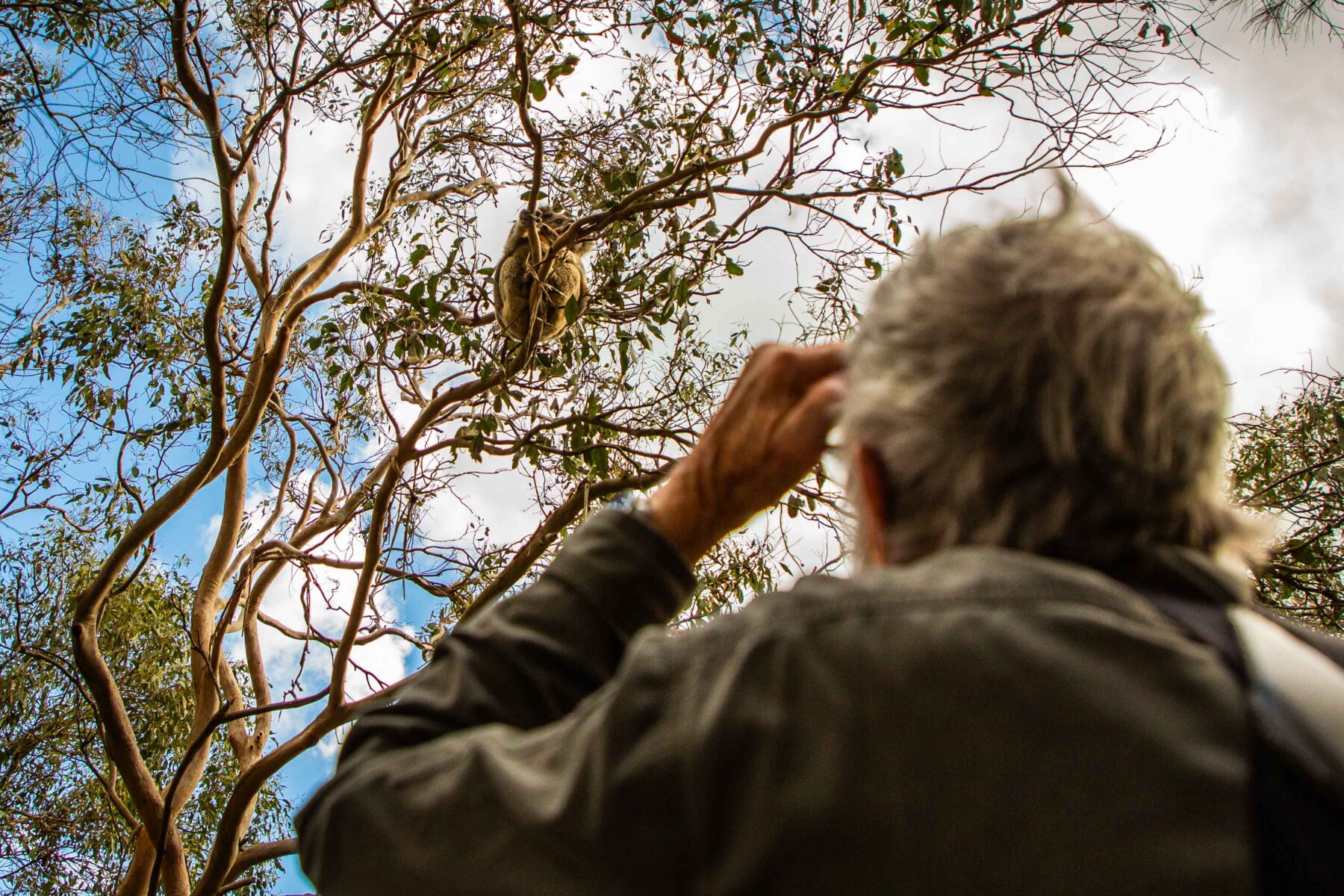
Before retirement, Terry was a photographer with the Monash School of Medicine. In his free time, he participated in yacht races in Western Port, which is how he first spotted French Island. He was immediately drawn to its isolation, the way it was so close to Melbourne yet seemed like another world. “Not sure it really intrigued my wife, though,” Terry says. As he approached retirement, he knew the city of Frankston, south-east of Melbourne, wasn’t going to keep him occupied. So he and his wife, Margo – who has since passed away – packed up and moved to the island. “I was 62 and wanted another life, so we came over here. We started out like other people, thinking we’ll have some fruit trees, a garden, a couple of acres,” Terry says. “But we ended up with 80 acres [32ha]. So I decided to breed cattle for a little while, which was hard work. I got tired of chasing them around, so I stopped when I was 75,” he adds. The couple’s daughter followed them over and enrolled her children in the island’s school, an annex of the nearby Crib Point Primary School. With five students in attendance, they received what Terry calls an “almost private education.” His grandchildren, who are now approaching their 30s, reside further across the water these days, in Scotland and Sweden.
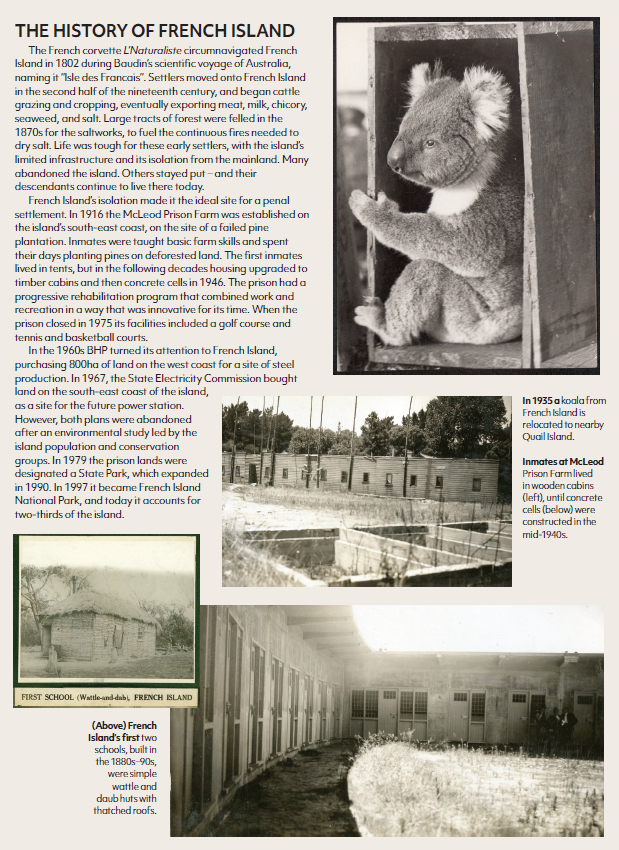
Terry has now lived on French Island for a quarter of a century. After giving up the cattle, he keeps busy volunteering with Landcare, monitoring water quality in the creeks and dams, protecting native vegetation and improving pasture management. He also volunteers with the local fire brigade. These community groups provide important opportunities to mingle with other island locals. And then there’s the weekly shop. Because the general store has limited supplies, most locals buy their provisions on the mainland. “People here live isolated lives. Unless you run into someone at the shop, where we do more talking is when we’re on the ferry or waiting for it. It’s a 15-minute ride, so we’ll have a natter,” Terry says. “Then on the other side, we disperse and get our shopping done. On the way back, we’ll talk about what we picked up!”
Around the world, small island communities have inadvertently become pioneers in off-grid renewable energy, turning to this as a necessity due to their isolation, lack of resources, and high energy prices, and to help safeguard their vulnerable island homes from the consequences of climate change. And French Island is certainly heading in that direction. There are no medical services, mains water or power, so many locals use renewable energy sources, including wind and solar. Because carting rubbish off the island is expensive, locals use a glass-recycling machine to crush waste glass into sand, which can be used in landscaping, construction, and roadworks.
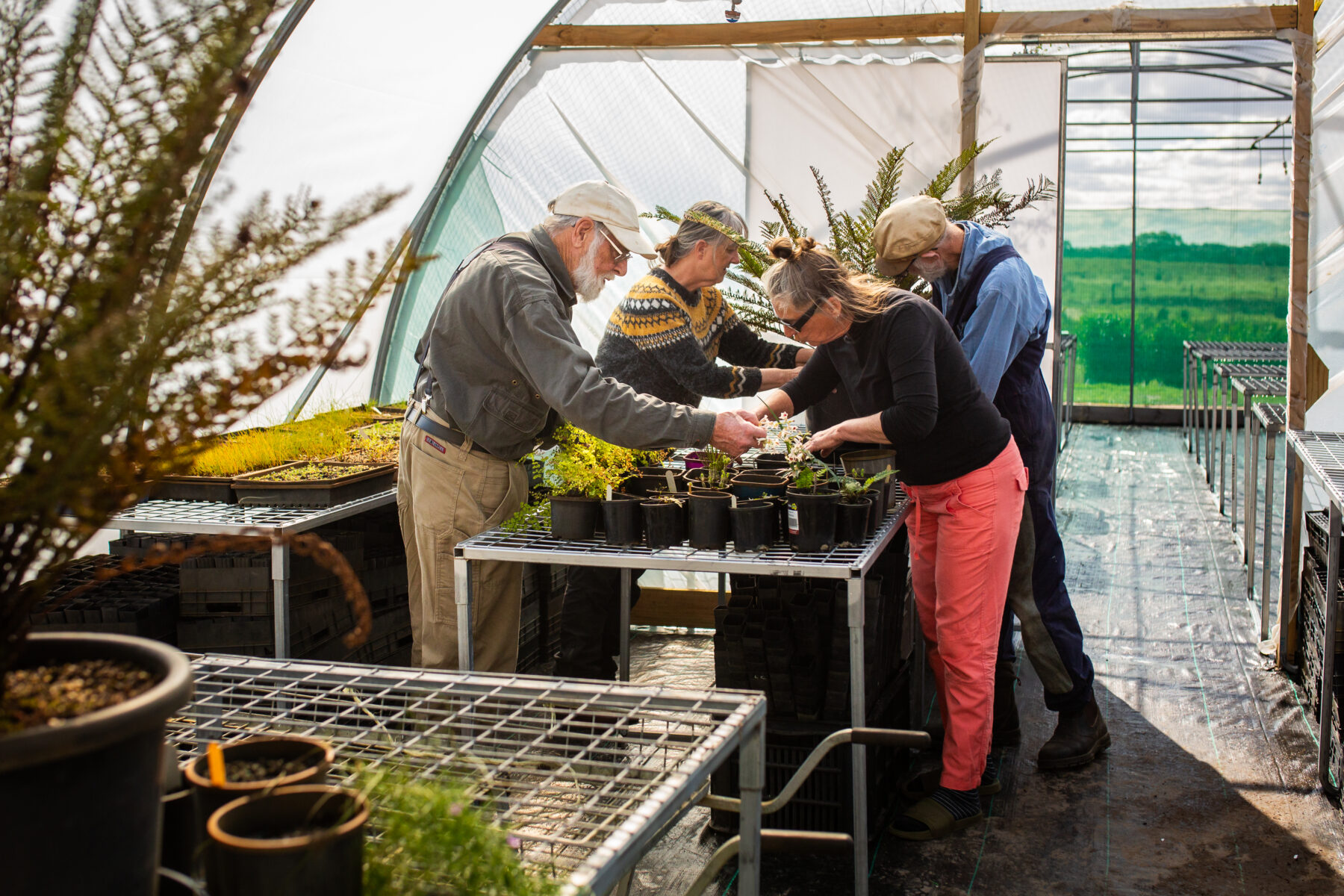
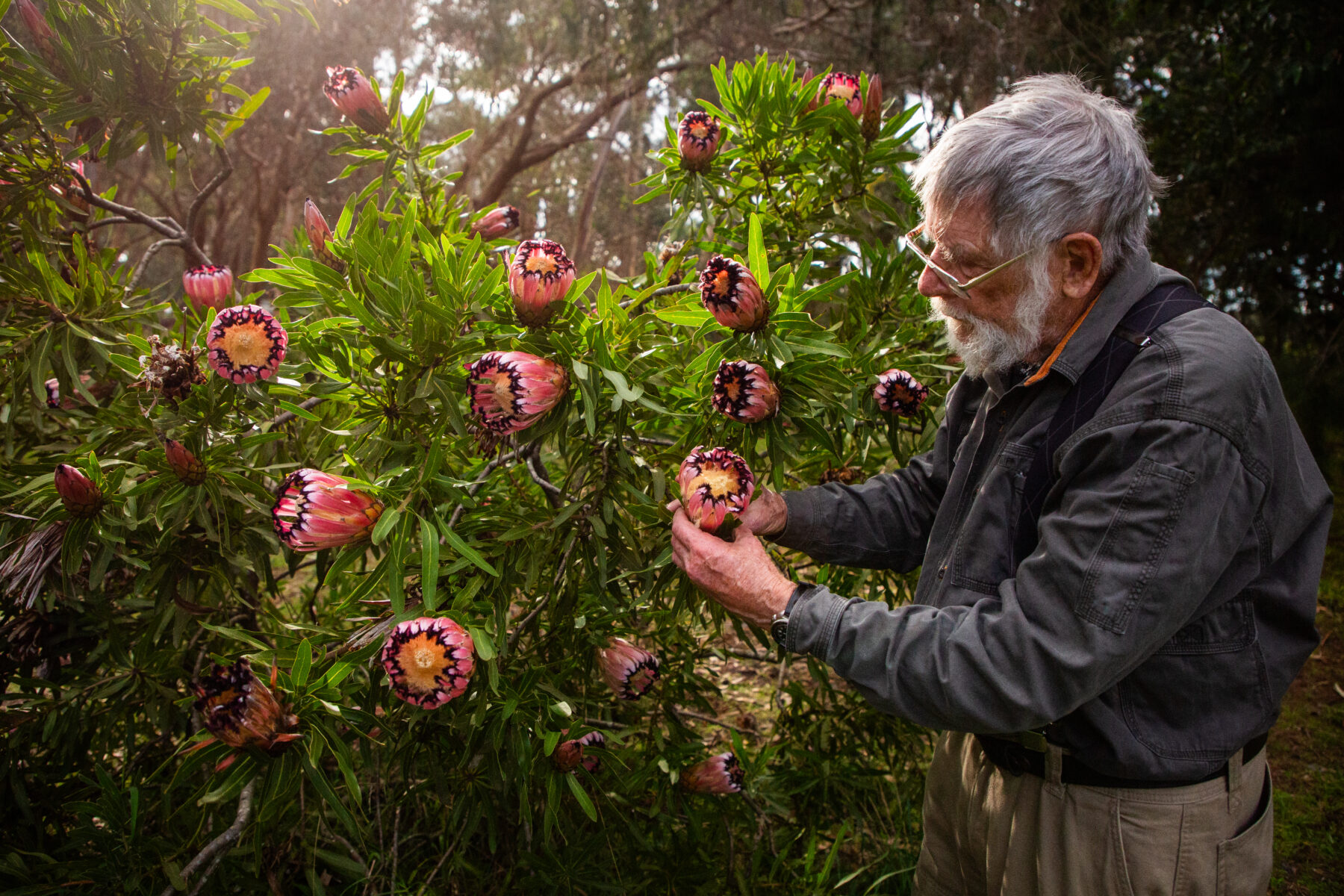
“A lot of people move here and think it will be island paradise, but they forget that you need to make sure your water tank is full, you have to generate your own electricity – the novelty wears off,” Terry says. The lack of social opportunities and hallmarks of the modern world means the island suits those who appreciate their own space and can navigate rural life with confidence. Plus the island’s size and low population density means it offers what many other small island communities around Australia don’t: privacy.
While French Island might not aesthetically align with the traditional perception of an island paradise, it does align with the notion that islands can be a hideaway for those in search of solitude.
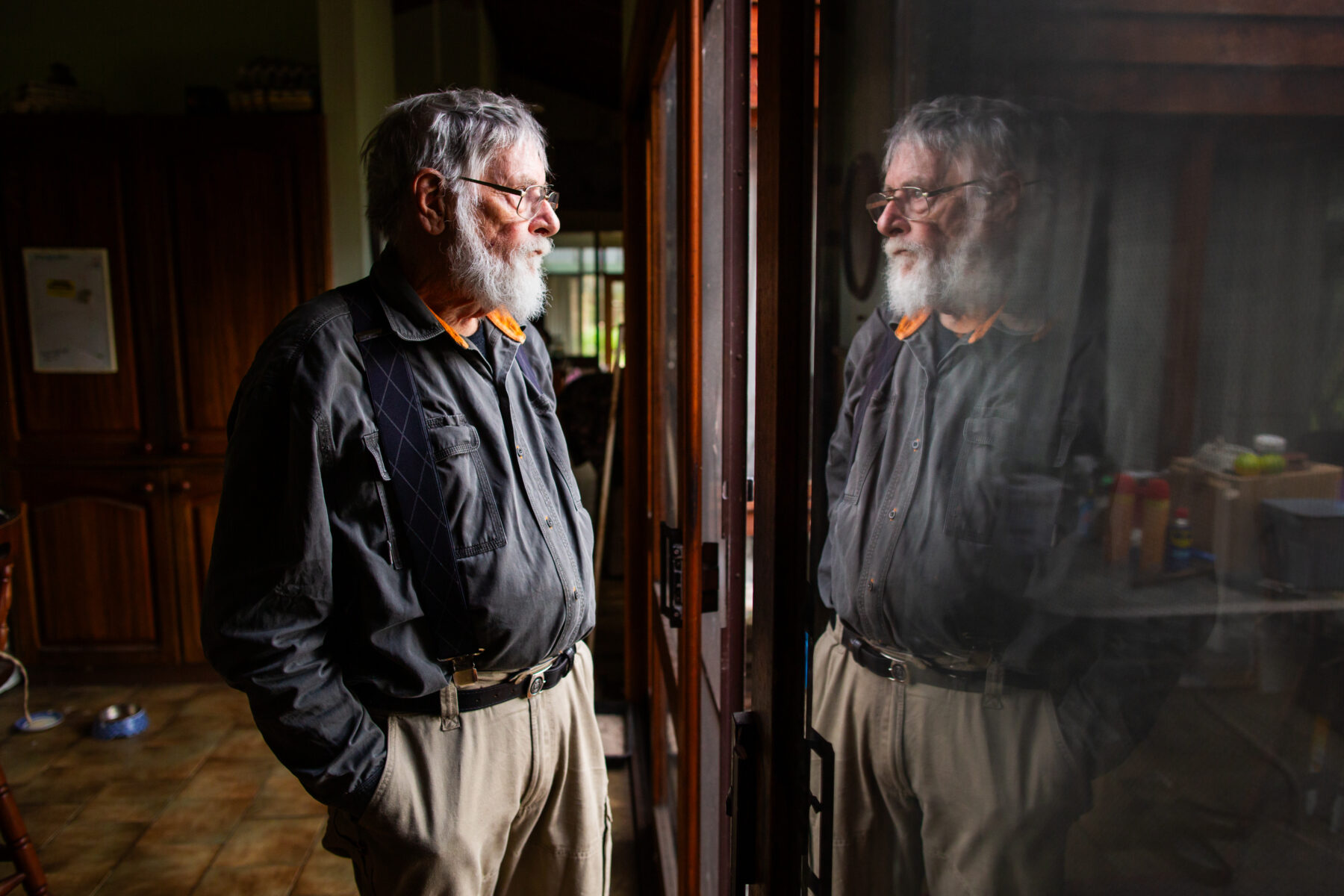
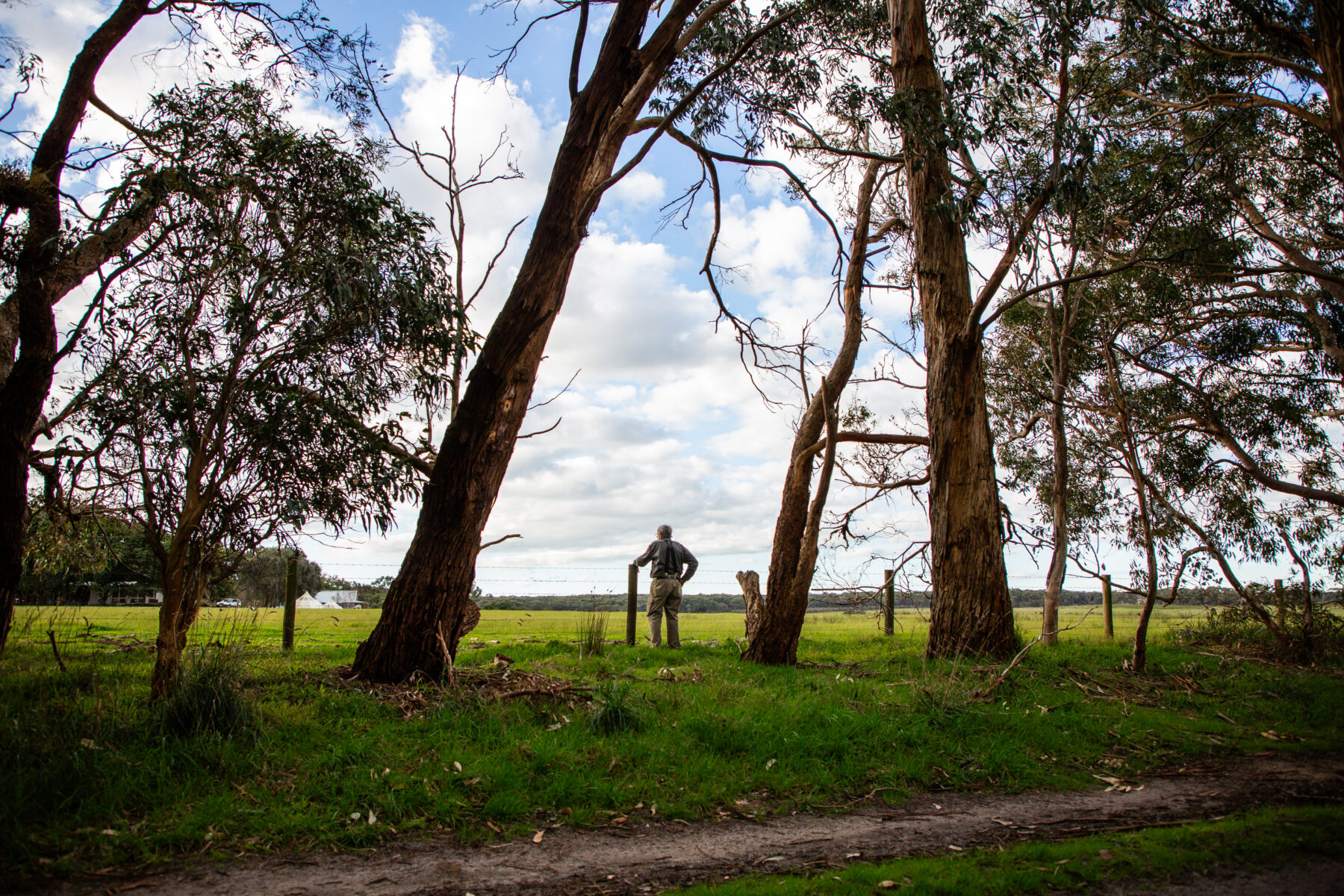
ISLAND LIFE
Less than 1 per cent of Australia’s population lives on the small islands dotted around our continent. This number is growing as more people head across the water after the onset of COVID, rejecting costly city living and office-based work. But is “island paradise” a myth, fuelled by a desperate search for escapism? Or have these far-flung residents truly found the key to happiness? This is the
second instalment in a series exploring the realities of island life.
Also in this series:




